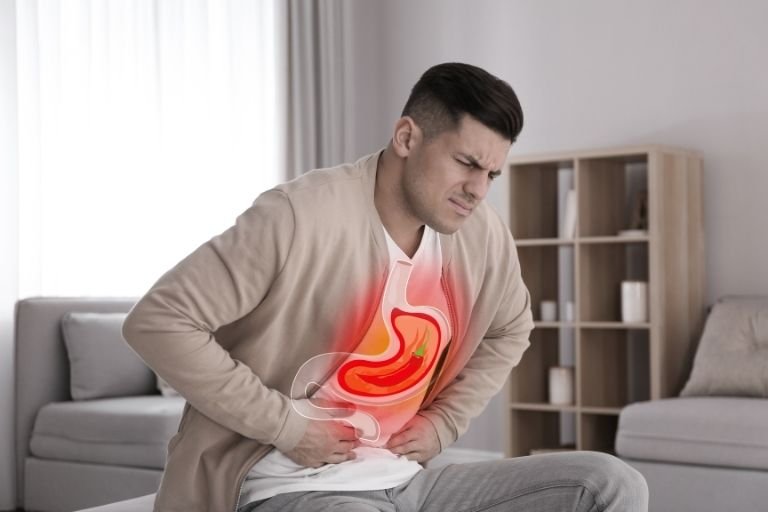- Fitwell Physiotherapy
Spinal Deformities

Spinal deformities are abnormalities in the natural curvature or alignment of the spine. These can be congenital, developmental, or acquired and can significantly impact an individual’s posture, movement, and overall health.
BOOK APPOINTMENT
Please submit your details below.
Please submit your details below.
Common Types of Spinal Deformities
- Scoliosis: A lateral (side-to-side) curvature of the spine.
- Kyphosis: An excessive outward curvature of the thoracic spine, leading to a hunched back.
- Lordosis: An excessive inward curvature of the lumbar spine.
Symptoms
- Visible abnormal curvature of the spine
- Back pain or discomfort
- Stiffness and limited range of motion
- Uneven shoulders, hips, or waistline
- Fatigue due to muscle strain
- Difficulty breathing (in severe cases, due to reduced chest space)
Causes
- Genetic Factors: A family history of spinal deformities can increase risk.
- Congenital Abnormalities: Present at birth, such as vertebrae that are not properly formed.
- Neuromuscular Conditions: Conditions like cerebral palsy or muscular dystrophy that affect muscle and nerve function.
- Degenerative Diseases: Such as arthritis, which can lead to changes in the spine.
- Traumatic Injuries: Accidents or injuries that damage the spine.
- Osteoporosis: A condition that weakens bones and can lead to vertebral fractures and spinal deformity.
When to See a Physiotherapist
- Persistent back pain or discomfort
- Noticeable changes in posture or spinal alignment
- Difficulty with movement or reduced flexibility
- Signs of muscle weakness or imbalance
- Development of uneven shoulders or hips
- If spinal deformity is suspected or diagnosed, physiotherapy can be a crucial part of the treatment plan.
Risks
- Progression of Deformity: Without treatment, spinal deformities can worsen over time.
- Chronic Pain: Ongoing discomfort and pain that can affect daily activities.
- Respiratory Issues: Severe deformities can impact lung function.
- Mobility Issues: Reduced range of motion and flexibility.
- Emotional and Psychological Impact: Self-esteem and body image issues, especially in adolescents.
Prevention
- Regular Exercise: Strengthening core muscles to support the spine.
- Good Posture: Maintaining proper posture during daily activities.
- Early Detection: Regular check-ups, especially for children and adolescents, to catch early signs of spinal deformities.
- Healthy Diet: Ensuring adequate calcium and vitamin D intake to support bone health.
- Avoiding Heavy Lifting: Using proper techniques when lifting to avoid spine injury.
Treatments
Non-Surgical Treatments:
- Physical Therapy: Exercises and stretches to improve strength, flexibility, and posture.
- Bracing: Used, particularly in growing children, to prevent progression of scoliosis or other deformities.
- Pain Management: Medications, hot/cold therapy, and other modalities to manage pain.
Surgical Treatments:
- Spinal Fusion: A common surgery for severe scoliosis, where vertebrae are fused together to correct curvature.
- Vertebroplasty/Kyphoplasty: Minimally invasive procedures to treat spinal fractures and restore height.
- Osteotomy: Cutting and realigning bones to correct severe deformities.
Conclusion
Spinal deformities are complex conditions that require careful management and treatment. Early detection and intervention are key to preventing progression and reducing the impact on an individual’s quality of life. Regular consultations with healthcare professionals, including physiotherapists, can help manage symptoms and improve function.
Frequently Asked Questions
You should consult a physiotherapist or doctor if you or your child experiences:
- Persistent back pain or discomfort
- Visible curvature or asymmetry in the spine
- Limited mobility or stiffness in the back
- Symptoms of nerve compression, such as numbness or tingling in the limbs
- Difficulty performing daily activities due to back issues Early consultation and intervention can help manage the condition effectively and prevent further complications.
Related Conditions
How Fitwell Physiotherapy Can Help?
Dr. Richa’s Fitwell physiotherapy has an extensive team of physiotherapists all within their own specialist areas of physiotherapy. Whatever your condition, we guarantee that we will have the best physiotherapist for you. We assess, diagnose, plan, cure and care for you.
Fitwell Physiotherapy Clinic, Pune provides you best physiotherapy treatment in Kharadi, pune. We also serve Chandan Nagar, Vadgaon Sheri, Keshav Nagar, Wagholi & nearby Areas in Pune. We are experts in treating Neck Pain, Hand Pain, Back Pain, Lower Back Pain, Knee Pain, Stiff Neck, Sciatica, Arthritis, Stroke Paralysis & Post Surgical Rehab.
We provide Specialized physiotherapy treatments in Sports Injuries, Pre and post Surgery, Neurologic, Pediatric, Chronic Pain/Fatigue, Rheumatology, Women’s Health, Men’s Health, Ergonomics, Vestibular, Amputees & all sort of Pain treatment and lifestyle conditions.

































































































